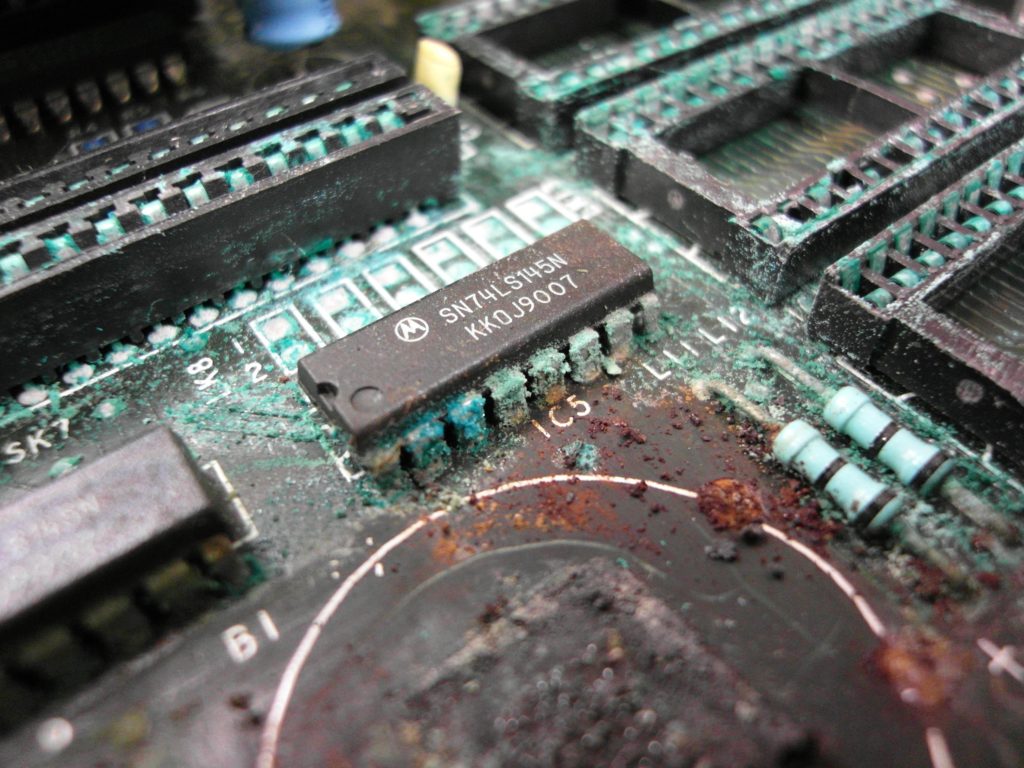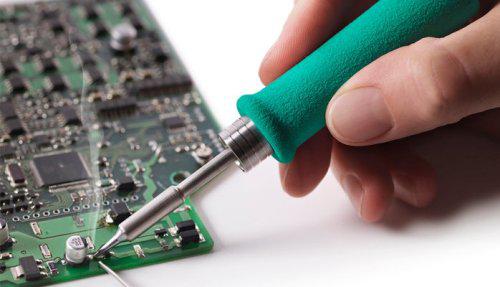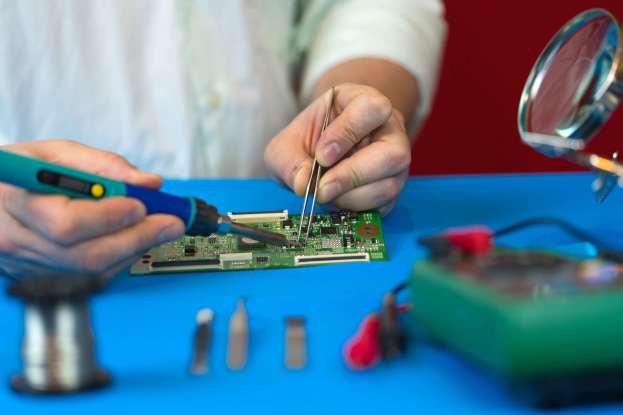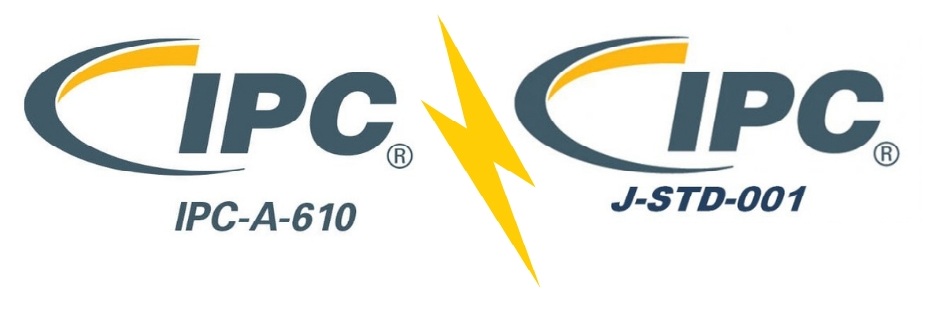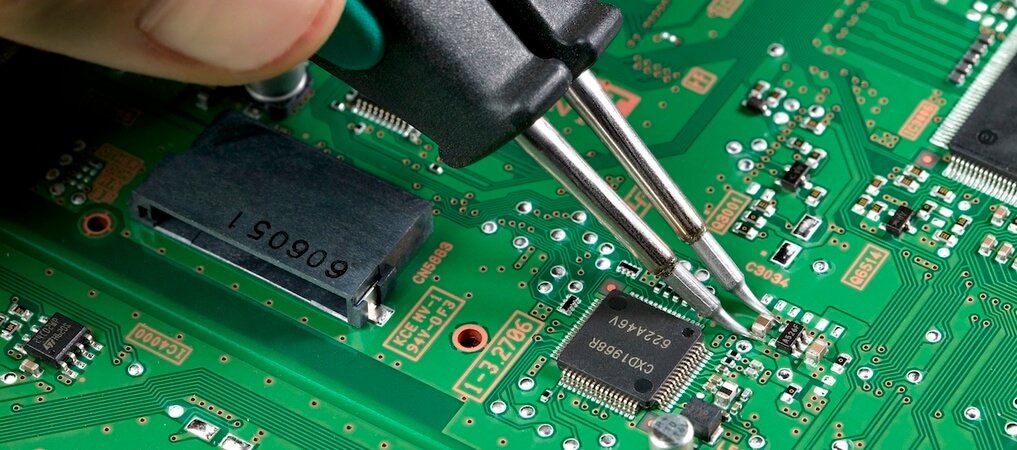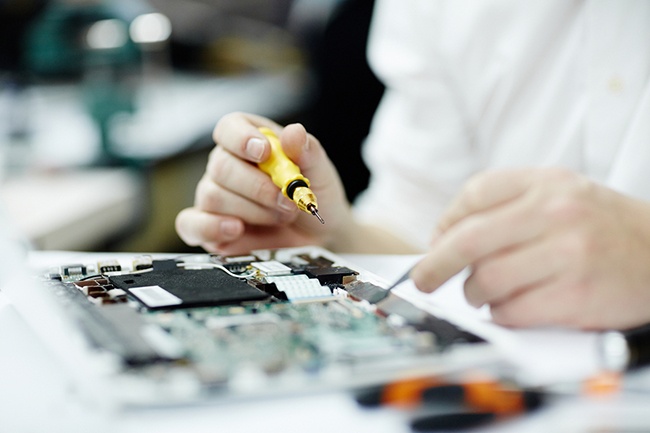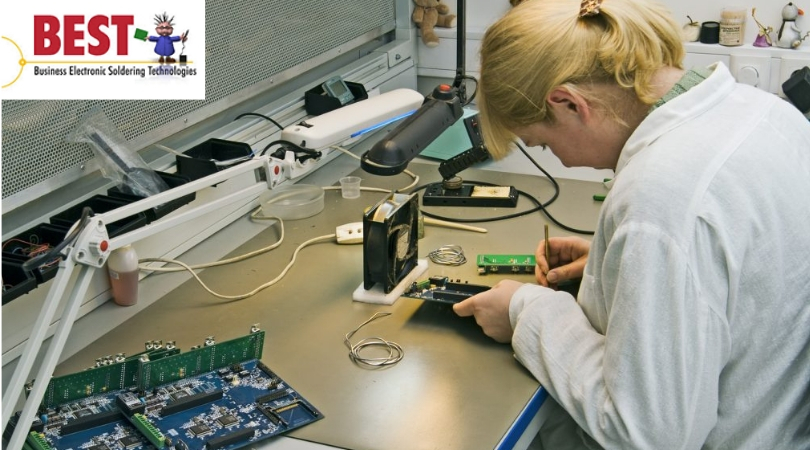A master instructor talks about 5 things to prepare before teaching your first J-STD-001 CIS class.
You’ve done it.
You went through the training, you passed the exams, you completed the hands-on projects and you are now a Certified IPC Trainer (CIT). You have the authorization to teach and present the certification exams to others.
Now what?
Your first class can be daunting. However, with some preparation and a little confidence, the class can be a success. Here are 5 things to which you should pay special attention when preparing for your first IPC J-STD-001, Certified IPC Specialist (CIS) class.
1 -Review the material
Regardless of how long it’s been since you completed your CIT certification exams, review the material you will be teaching. Open the presentation slides and go through them one-at-a-time. Read through the instructor guide material located in the “Notes” section of the presentation. Make updates to the notes section with any personal notes that you wrote during your CIT course. A review of the slides will also allow you to make note of or correct any typos that the training committee and publishing team may have missed when the program was released. The programs are written and reviewed by people many times. Most typos will be caught. As in everything, people are fallible; typos can be missed.
The most recent revision of many of the IPC programs have the same set of visuals for the CIT and the CIS programs. This means that you’ve viewed the slides at least once. It doesn’t mean that you remember each slide in the order they were presented.
If your Master IPC Trainer (MIT) was anything like me, you were likely told that you shouldn’t try to memorize everything in the J-STD-001 document. Unless you have perfect recall, you are not likely to have the full content locked away in your mind. Even if you do have most of the criteria committed to memory, the standards are regularly updated. It can be difficult to recall all the material from one revision to the next. When you do recall the criteria, it may be that you are thinking of criteria from a previous revision of the document or even for a similar type of component.
A thorough review of the material will help boost your confidence and hone your knowledge as you prepare for your first class.
Another useful tool in your review of the information is to set up a video recorder and run through the presentation. Viewing yourself presenting reveals many things of which you may be unaware.
Review the, “Do’s and Don’ts” for trainers located in the support materials for your CIT course. When you review the video, watch for nervous motions or phrases (Do you say, “Um”, or, “Ah” as fillers? Are there any phrases you repeat often such as, “Ok?”, or, “Know what I mean?”). Be aware of hand motions or gestures that could distract your students. When you gesture to the presentation slide do you turn so that your back is to your audience or do you gesture so that you remain facing and open to your students?
2 – Practice the Hands-on Demonstrations
Get a board of the same kind that will be used in the hands-on demonstrations. Go through as many component placements of each component type until you feel confident that you can complete the component attachment without error. When you’ve completed the component placements, do them again, but this time, present.
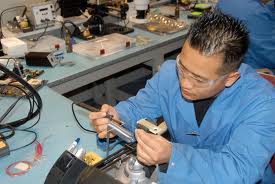
Talk through the full demonstration, step-by-step just as you will be presenting to your students. By, “talk through” I mean out loud. Pretend that the students are in the room with you. Tell the students each thing you are doing. Don’t assume that the students are all familiar with everything you are doing. For example, Introduce the students to the soldering system.
“This is the power source for the soldering system. It is powered on using this switch. This is how you change the soldering tip for this model of the soldering system.”
The smallest details are important to the students and to develop good habits as a worker.
Be specific about what you are doing and why.
Another example, “After picking up the soldering iron, it is necessary to wipe the tip on a clean, damp sponge. This action is called, ‘Thermally shocking’ the iron tip. Thermally shocking the tip clean away oxides and the old solder that is on the tip.”
You know what you are doing. The demonstration is explaining each step to the student so each student in the class knows what to do and why to do the action. You may feel strange sitting in an empty room talking to the chairs, but the preparation makes sure that you have fewer surprises on the day of the demonstration.
3 – Verify the Equipment for the Class.
Few things are more frustrating to a student than working with poorly functioning or non-functioning equipment. Sit at each work location that a student will use and verify that all of the tips are heating properly and that all of the necessary tips are available. Heat, clean, inspect, tin, and store each tip. Replace any tips that are highly oxidized, are damaged or do not heat properly.
Verify that all the hand tools necessary are available.
Think through the process that the students will be attempting. Will the student need pliers? What about tweezers? Is there a tool available for lead forming the through-hole components? How about wire strippers?
Verification of the tools will reduce the amount of class time used by hunting down and replacing non-functioning equipment.
4 -Set up the Learning Environment.
Arrive in the classroom early or even a day ahead to make sure that the room is ready. Remember the details. Verify that all students will have an unobstructed view of the instructor and the presentation slides. Ensure that the room temperature is comfortable, but not too warm. The material in the training class isn’t exciting and it can be difficult for students to concentrate if the students are fighting sleep. A distraction-free, comfortable learning environment is crucial to learning.
Make sure you have all the necessary pens to make drawings and other illustrations. Locate and have at hand any examples or other visual aids you will use.
Verify that each student has access to a copy of the J-STD-001 document, a pad, and pen for taking notes and if the students will be allowed to keep the copy of the document, a highlighter to use on the document.
When the students arrive, they should see a set classroom with everything necessary to facilitate learning.
5 – Set up Class in the IPC Portal
Online exams are a reality. The IPC online portal has been updated and if a far cry from the nightmare of the 2015 version. That doesn’t mean it’s perfect.
Setting up as much of the class as possible well before the day of class will ensure that any issues met can be handled by the IPC support team before class.
Try to have the student’s names and functioning email address so that you can enter them into the class beforehand. Once the students are in the class, contact the students and verify that each person has received the enrollment email and that each student can access the testing site. Email changes, name changes or corrections, or any other records items that must be done by IPC take time. Your class is the most important thing on your agenda. However, IPC’s support team handles several hundred help calls each day. It takes time for the team to receive, process, update, and return a reply to your help requests. It’s not reasonable to assume that IPC will drop everyone else and focus solely on your issue.
Before your first IPC J-STD-001 class presentation, remember to review the materials, practice the demonstrations, verify the equipment, set up the learning environment, and set up the class in the IPC portal.
Most of the 5 things listed in this paper will become second nature as you continue to teach. Preparation is the key to any class. Even more so when the class is the first time you will make the presentation.




